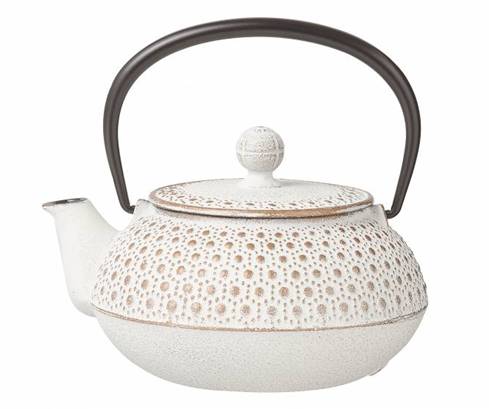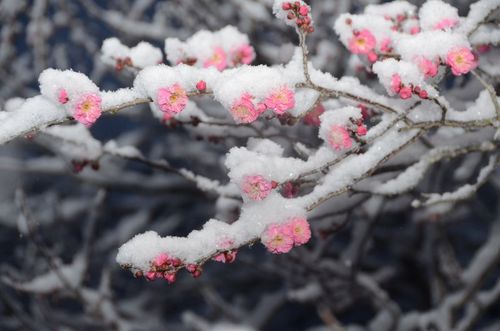
My father-in-law passed away in the middle of last month. It was sad to lose a family member, but since I experienced a train of events concerning funerals of the deceased, I think I had an opportunity to think about some Japanese customs.
One of the strange things about Japanese customs is related to funerals. I guess Japanese funeral customs and practices must be so mysterious in the eyes of foreign people because I, who have always been Japanese, think so. Of course there are different cultures in the world, but when compared to Western funeral customs, I think funerals in Japan are unique.
Celebrate in Shrines, Mourn in Temples
In Japan, when a baby is born the family members visit their local Shinto shrine to celebrate. Until recently, most Japanese couples have exchanged their wedding vows in front of shrine. Merchants, businessmen, and their staff visit shrines to pray for their success in business. However, when someone dies, a Buddhist monk comes to chant sutras for the funeral. The deceased receives kaimyo, a Dharma name for becoming a Buddha, and is buried in the family tomb. When I was a child, I was not quite sure which was a shrine and which was a temple. I just knew that you were allowed to clap hands at shrines, but not in temples. However, why do people celebrate in shrines but mourn in temples? I have been wondering that for a long time.
I tried to unravel the mystery and found an explanation about the different traditions. In the first place, the Japanese worshiped multitudinous gods, i.e. forces of nature. Their faith led to Shinto. In the Shinto concept, death, disease, and unhealthy surroundings were what they called kegare, which means pollution and defilement, something to be avoided. Kegare also means loss of life force and when someone fell into the state of kegare, s/he was thought to have committed a crime. Therefore, those who were deemed to be in the state of kegare were segregated from others for oharai or a ritual of purification. On the other hand, when Buddhism was introduced, it revolutionized their view of death. In Buddhism, it is believed that every person is continuously reincarnated as someone or something; one death is just a part of the cycle and is not deemed to be kegare. What’s more, according to the Buddhism Japan embraced as a religion to worship, anyone can become Buddha and go to heaven.
Strangely enough, those Shinto and Buddhist views, though incompatible with each other, are somewhat mixed and have been coexisting to this day. However, since the concept of kegare become established in Japanese culture and customs, people allegedly came to celebrate in Shinto ways, but mourn for the dead, which is related to kegare, according to Buddhist rites. Of course, this is a common belief and those Japanese who are pious Shintoists, Buddhists, and Christians hold special events according to the institution of their own religion.
Tolerant National Character
Most Japanese people thus hold funeral ceremonies in Buddhist styles. According to Buddhism, those who are in mourning (generally for about 50 days) should not join in auspicious occasions or eat shojin ryori without meat and fish. However, these days, feasts such as sushi and tempura dishes are served after the wake of the deceased. According to the recent thinking, high-quality meals should be served to funeral attendees. When the attendees leave the venue, they receive salt for purification so they throw it at their own bodies before they enter their homes. The salt, however, is used for purification according to Shinto tradition, not Buddhist. Some say we don’t have to throw salt after the funeral because death is not considered to be kegare in Buddhism.
The Japanese have such a unique concept; we go to shrines for auspicious occasions but to temples for funerals and memorial services. There are some rites and rituals at funerals whose origins are unclear whether they are from Shinto or Buddhism. Despite being in mourning, deceased family members do eat meat and fish and never eat shojin ryori. There has always been a convenient interpretation of funerals on a moment-to-moment basis, and all of us accept it without any feeling of strangeness. Though Japanese people seem strict about rules, we have a loose mind, I guess. Maybe we have a tolerant national character. Or, from another point of view, I think the Japanese value celebrating and mourning in a balanced manner.
Reported by Yukari Aoike, Sugahara Institute





